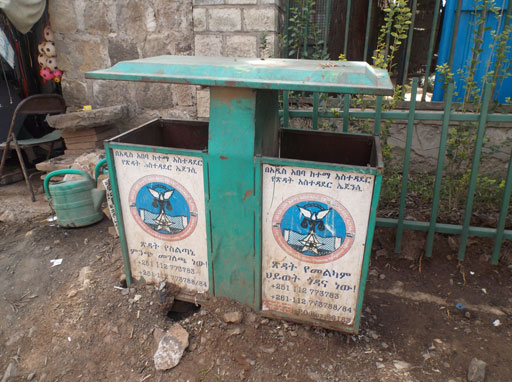10.2.3 Service and infrastructure-related barriers
Some serious barriers in urban and peri-urban communities relate to issues of service and infrastructure (UNICEF, 2008). There may be inadequate sanitation and latrine facilities, in particular in schools. Public latrines are often not well kept and may be poorly ventilated and unclean, so people avoid using them because of an unpleasant stench. Moreover there are only a few child-friendly and disability-friendly latrines available. In households, there may be limited space for constructing latrines. Those who own houses which are rented may refuse to provide latrines. Poor ground conditions such as a high water table and loose soil may restrict design choices and technology options.
As for water supply, there may be an irregular flow of water in piped areas, and seasonal changes in water availability and quality. There may be high salinity or high fluoride content. Moreover there are often only a limited number of water sources, leading to long pipelines, and this can result in a long distance between water points and homes. Water points may be poorly maintained. There may also be limited availability of water purifying tablets or sachets.
With regard to waste disposal, municipal waste collection and sludge removal services may be absent or inadequate. Even if such services are present, they may be expensive. There may be only weak enforcement of municipal sanitation laws. In some urban areas, such as in Addis Ababa, litter bins are provided (Figure 10.8) but in others there may be no litter bins, or they may be expensive to provide, or rarely emptied. There may not be the appropriate vehicles available for removing sludge regularly from public latrine facilities.

10.2.2 Socio-cultural barriers
